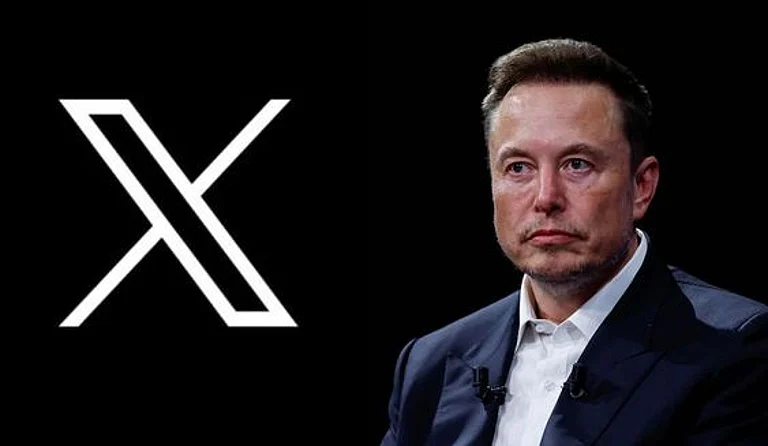Since its launch last week, Elon Musk’s Grok AI chatbot has unleashed a flood of controversial and disturbing deepfake images across the internet. Users of Grok have been creating a range of provocative images, from bizarre and unsettling portrayals of public figures to graphic depictions that have sparked widespread criticism.
Elon Musk’s Grok AI Deepfakes Go Viral; Reckless AI or Creative Freedom?
Elon Musk's Grok AI chatbot has been generating "deepfake" images of various celebrities, including Musk himself. Critics have criticized the chatbot for allowing it to launch with few restrictions
The Grok chatbot, available to paid subscribers of X’s premium plan, has been used to generate deepfake images featuring a variety of public figures in highly questionable scenarios. Among the most troubling creations are images of former President Donald Trump robbing a convenience store or flying a plane towards the Twin Towers. Other deepfakes depict figures such as Kamala Harris in controversial scenarios, Elon Musk as an overweight couch potato, and even George W. Bush in a compromising and inappropriate setting.
Some grotesque images, such as a blood-soaked Ronald McDonald wielding a machine gun or Goofy committing a violent act with a hacksaw, have surfaced, highlighting the disturbing potential of AI-generated content.
Critics have been quick to condemn Musk and X for launching Grok with what many consider inadequate restrictions. Harvard Law Cyberlaw Clinic instructor Alejandra Caraballo described the release as “one of the most reckless and irresponsible AI implementations I’ve ever seen,” highlightight concerns over misinformation, copyright infringement, and potential harm to children.
In response, Musk has expressed enthusiasm for Grok’s capabilities, praising it as “the most fun AI in the world” and defending the decision to release it without extensive guardrails. Musk has justified the move by emphasizing the need for an interim solution until X’s in-house image generation system is ready.
While Grok does include some restrictions, such as rejecting requests for nude images and certain violent crimes, users have reported that these safeguards are easily bypassed. For instance, prompts for inappropriate or controversial content, like images of public figures in Nazi uniforms, have been successfully executed despite the chatbot’s restrictions.
The release of Grok has stirred up broader concerns within the AI and digital media sectors. Similar controversies have arisen in the past, such as when Google’s Gemini chatbot faced backlash for generating historically inaccurate images. Additionally, X’s graphic content could further strain its relationship with corporate advertisers, who have already been wary of the platform’s content moderation policies.
Musk’s approach to Grok reflects his penchant for pushing boundaries and seeking differentiation in the crowded AI market, according to Carnegie Mellon University’s Ari Lightman. However, this strategy may come with significant risks, including increased scrutiny from regulators and potential backlash from advertisers.
Because of Grok’s controversy, X is facing an ongoing antitrust lawsuit and regulatory scrutiny in Europe, the company faces critical questions about its content moderation practices and the impact of its AI innovations. With EU regulators and corporate advertisers keeping a close eye on developments, the future of Grok and Musk’s broader vision for AI remains uncertain.

